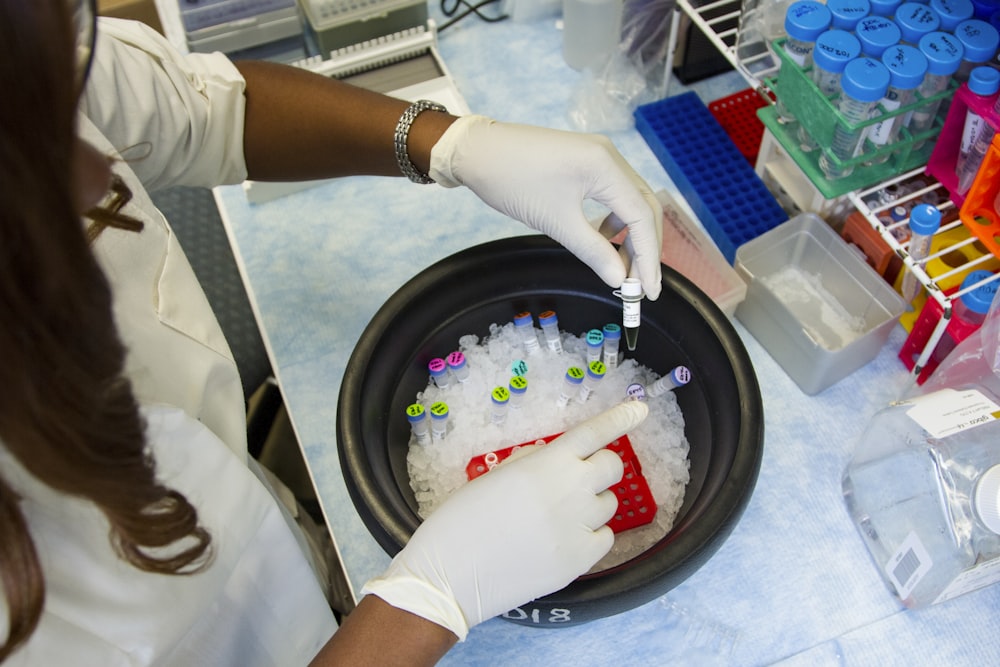

Do you notice anything from this split? The overall group showed no statistical difference, which was the headline and primary endpoint. The data for the younger group (ages 4-5) are starkly different. There is a clear separation early in the trial, the benefit of treatment is maintained, and the difference is statistically significant. Contrast that with the older group that shows absolutely no treatment effect. This is exactly what the details of the briefing documents indicated. A clear and consistent impact in younger patients but not older. This is also why I thought the age distribution in this trial would affect the odds of success in the primary endpoint.Why would the intervention work in younger patients and not older ones? There could be a number of rationales that range from the fact that you could be working from a less diseased phenotype that is more able to be altered or simply more ability to slow the disease process. Perhaps there are other aspects of age that may allow a better or more effective engraftment or the younger cells are better able to produce micro-dystrophin after altered? Or perhaps there is some other explanation or combination? It is not clear as to the root cause of this age-based effect.To really understand you would probably need to look at younger patients who had a less optimal response and older patients who had a better-than-expected response and see how they compare with the alternate group. When I made the call about the trial and the need to enrich younger patients, it was simply based on the data in the briefing documents that showed clear and consistent correlations by age group across multiple analyses. In those cases where you see such consistency, the results are more often true effects as opposed to statistical artifacts.The company presentation had multiple secondary endpoints that showed benefits in both age groups but I am less convinced in the consistency of those results as we simply do not have enough data (the briefing documents are what provided the key data I used before). The biggest question now is what will the FDA do? The company believes that they will get approval for all age groups, but I am less convinced. As I noted before, there is a lot of politics and history with the FDA and Sarepta and I cannot even fathom how all of that plays out.I personally believe there is enough data across all trials to keep approval for the younger age group. I would be surprised if the FDA removed the drug for younger patients. In terms of the potential expansion of the label, I think that is a question that requires a lot more data to handicap and even then history and politics will likely have the final say and no one has an edge on that outcome. All of that being said, I think the data are pretty consistent with my previous analysis and there seems to be a real positive effect on the younger age group.More By This Author:United Therapeutics: A Strong Quarter But What About 2024?
BriaCell: An Emerging Immuno-Oncology Company
Eli Lilly Is A Potential Triple Threat














